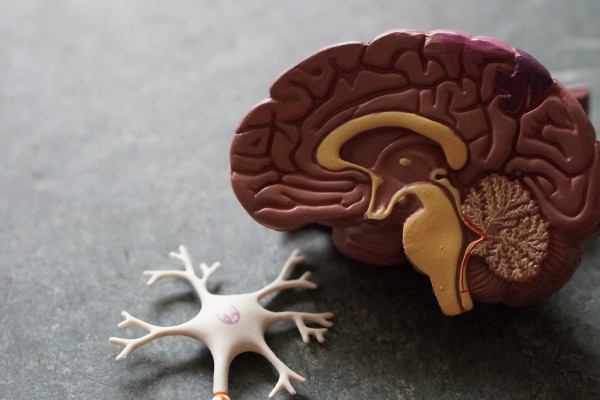Are You Falling For Us: Part 2
Posted Aug 09, 2021 at 10:26
Posted Aug 09, 2021 at 10:26

In part 1 you will have found out some frightening statistics about falls within adults and what we are really testing for when we assess your balance. If you haven't read that blog go over and check it out before reading how we improve it.
Now you know when we are assessing your balance we are actually assessing how well your cerebellum can communicate and control your joints and muscles, we will explain how it does that and how to improve it.
We do this by restoring your body's nervous system function. Your nervous system is your entire brain, spinal cord and peripheral nerves and together they carry and transmit signals to your muscles, tendon and joints to allow us to move as we wish.
The issue being the brain which is the powerhouse of the nervous system lives in a dark cave that is your skull and has no way of seeing out of it. Instead it relies on information from your joints which it obtains when we move them, this is called proprioception.
Small recap, our nervous system controls our body but our nervous system doesn't know where our bodies are until we move them. Some of you may be ahead of me here, what do you think happens if a joint stops or doesn't move enough. If that's how the nervous system identifies where a joint is, but that joint is moving will it accurately know where the joint is?
Now when we apply this to the body, for the vast majority of people moving our limbs and functional joints is relatively easy like a shoulder or knee, but what about the 48 small facet joints in our spines. Two easy tests for this is can you keep your shoulders still and rotate or twist your head 90 degrees over each shoulder, or, can you place your feet together, keeping your legs straight and touch the floor without bouncing?
If the answer is no then one or more of the 48 facet joints in the spine may not be moving properly and therefore the nervous system has lots control over that joint putting it at risk of subluxating and causing you issues.
When the same science is applied to balance we are assessing can your foot and ankle joints can communicate quickly and accurately to your brain and back again to make small adjustments and stop you from falling. This pathway from foot to brain and back again is the longest distance information has to travel and therefore is a true test of how well your nervous system is functioning.
If all your 48 spinal joints and large functional joints such as hips, knees and ankles are moving and functioning properly, quick efficient information will be able to travel up and down from the brain to keep you upright for 30 seconds with your eyes closed. If any of those joints from brain to big toe are not moving properly and are subluxated then this function will decrease and so will your performance in this test.